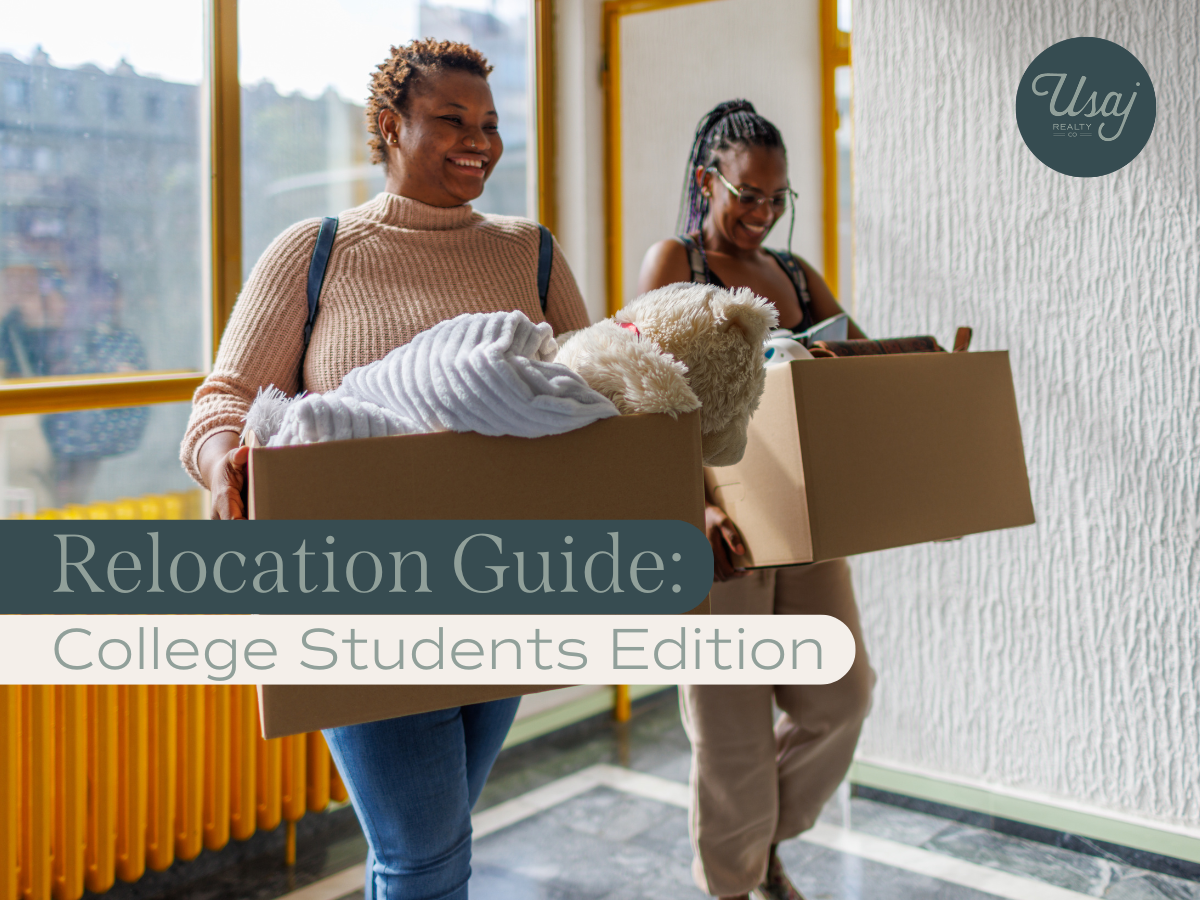Rewind the clock to April 2020: real estate showings were virtually put on pause as the realities and unknowns of COVID set in. Fast forward to today, and the effect of the pandemic is taking a new turn as the ability to work remotely for many Americans is playing an important role in today’s housing market. Those temporary home offices are becoming permanent ones.
According to the Denver Business Journal, “Home prices in car-dependent — usually suburban or exurban — areas are up 33% since early 2020, compared to a 16% increase in areas with good access to transit, many of which are in or near urban centers.”
Hybrid Models Will Become the Norm
According to a June survey of 350 office leaders conducted by staffing firm LaSalle Network, 74 percent of the businesses say they plan to bring employees back into the office by the fall of this year. However, as the delta variant takes a turn for the worse, these return-to-office plans may be delayed. Seventy-seven percent of the company leaders in the same survey said they will implement a “hybrid” office environment where certain individuals, teams, or departments work remotely entirely or part of the time.
77 percent of the companies in the same survey said they will implement a “hybrid” office environment where certain individuals, teams, or departments work remotely entirely or part of the time.
However, as employees are required to go back into the office, even within some sort of hybrid plan, fully remote positions have grown in desirability. When asked if they were to secure a permanent remote job, 37 percent of respondents of a Flexjobs survey said they would “definitely” consider relocating, and an additional 31% said they “might consider it.” The below reasons were cited:
- Better quality of life: 58%
- Lower cost of living or less expensive housing: 47%
- Different or better climate: 38%
- A change of scenery: 35%
- Closer to friends and family: 26%
- Access to better schools: 14%
Read Next: Commuter Friendly Suburbs in the Denver Metro Area
#1 Perk of Working Remotely? No Commute
Commute times have proven to be incredibly influential in the reason employees want to stay home. FlexJobs conducted a survey of over 2,100 people who were able to work remotely during the pandemic and found that 58 percent of people said they would “absolutely” look for new work if they could no longer work remotely and 65 percent said they wanted to remain working remotely full-time when the pandemic ends. Another 33% said they prefer a hybrid work arrangement, while just 2% say they want to return to the office full-time. 84 percent of survey respondents ranked “not having a commute” as the number one benefit of working remotely. They ranked “cost savings” (75%) as the second most important benefit.
84 percent of respondents ranked “not having a commute” as the number one benefit of working remotely.
In 2019, the average commute just one way was 27.6 minutes. As employees are able to work remotely full-time and/or part-time, where those employees choose to live will shift.
Housing Flexibility in an Already Crunched Housing Market
Colorado didn’t top the list in a recent report of the top 10 most expensive states. Until that happens, Colorado will continue to appear affordable to Americans living in more expensive places. According to Forbes, “Since the start of the pandemic, thousands of people have moved, with urban centers like San Francisco and New York City experiencing the greatest losses and nearby suburban areas experiencing the greatest gains.”
Tech jobs, great weather, outdoor recreation, and access to higher education will continue to be among the many reasons people choose to call the Centennial state home. According to the U.S. Census Bureau, Colorado’s saw a 14.8% rate of population growth between 2010 and 2020 and is now the 21st most populous state in the country. Since 2010, the population grew by 744,518, landing us at 5,773,714 as of April 2020.
However, until we see available housing units surpassing or matching the demand, the housing affordability crisis will continue to be a massive issue. Inventory is down all across the state. On average, the cost of a single-family in Colorado rose 34 percent from June 2020 to June 2021 and months of supply of inventory was down 65.2 percent.
On average, the cost of a single-family in Colorado rose 34 percent from June 2020 to June 2021 and months of supply of inventory was down 65.2 percent.
And the Colorado mountain communities are feeling this impact more than anyone. According to Colorado Newswire, “A recent report found that 44% of newcomers in a six-county region on the Western Slope had not spent time in their receptive mountain county on a regular basis prior to the COVID outbreak in 2020. An influx of wealthy residents pushed home prices to record highs and increased rents between 20% and 40% in one year, according to the report.”
Americans are finding the flexibility provided by working remotely desirable and want to achieve that higher quality of life, lower cost of living, ability to save, proximity to family, and much more. Whether companies adapt or employees alter their work schedule, a shift in the number of full-time remote employees is coming.





